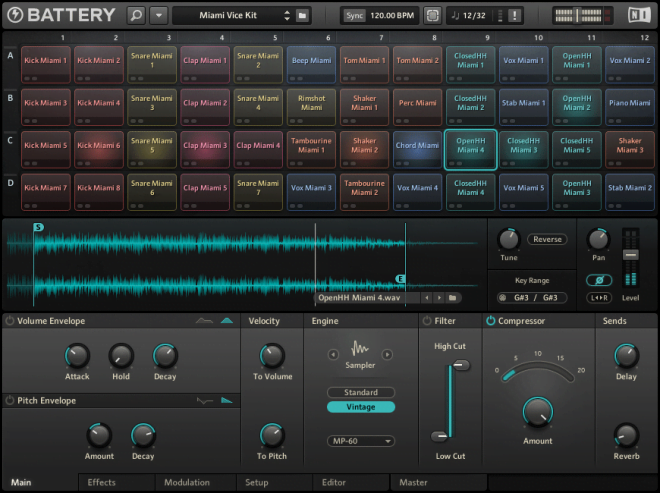

This also applies to the two further sub-pages, Envelope and EQ, that are used to shape the sound.Īll of this is great, but it’s not the main focus of Polyplex: that comes when you start to randomize parameters.

Each has its own controls and can be switched on or off for each slot, and you can set up MIDI modulation of effects as well as using LFO, envelope and velocity to control the parameters mentioned previously such as pitch, pan, volume and so on. Taking Effect There are 18 effects onboard and up to four can be used at once, ranging from reverb, compression, glitch and autopanning to stutter, stretch, frequency and pitch effects. Then there are pitch, start position and pan controls each with min / max parameter range sliders, and finally a volume section so you can balance the layers’ levels. If you choose User here you can add your own samples, though this means accessing Reaktor’s Sample Map Editor, which requires a bit of research if you’re new to the software. The edit section starts with Samples and lets you control which sample to play back for each layer, defined as a MIDI value between 0 and 127. Layers can be modified individually or linked together. There are then a range of controls for each one, helpfully arranged in layers across the edit section so you can trace the layer across and see each of its settings easily. The slots are colour coded for easier recognition across the interface and they also tie in with the new Light Guide features of NI’s Komplete Kontrol keyboard. Each sample forms one layer of a drum sound and for each sound slot you can specify a layer type and a subtype, choosing between kicks, snares, hi-hats and so on. The Layout There are eight sound slots in Polyplex and each one can hold four separate samples.


 0 kommentar(er)
0 kommentar(er)
